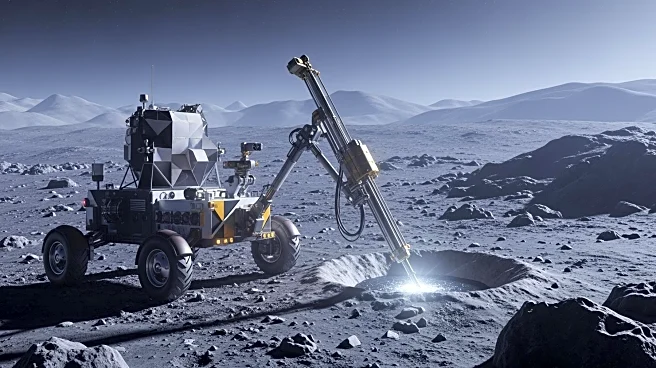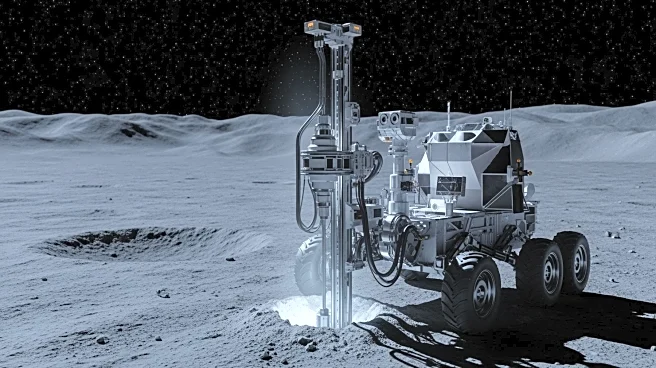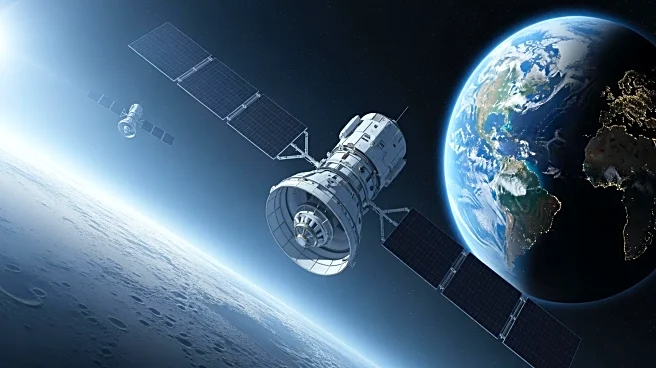What's Happening?
The Chinese National Space Agency has announced plans to launch its Chang'e 7 spacecraft in August, aiming to extract water from the lunar surface. This mission is set to precede similar U.S. efforts,
marking a significant milestone in China's lunar exploration program. The Chang'e 7 mission will include a relay satellite, an orbiter, a lunar lander, a rover, and a mini-flying probe, all equipped with scientific instruments to study the lunar surface and subsurface. The mini-flying rover will specifically analyze lunar soil for water molecules. This mission follows China's previous successful lunar missions, including the Chang'e 5 and Chang'e 6, which returned samples from the Moon.
Why It's Important?
China's advancement in lunar exploration could shift the balance in space exploration leadership, traditionally dominated by the U.S. The ability to extract water from the Moon is crucial for future lunar colonization and resource utilization, potentially reducing the need for Earth-based supplies. This development may accelerate international competition in space exploration, prompting other nations to enhance their lunar missions. The involvement of international payloads from countries like Russia and Italy also highlights China's growing influence in global space collaborations.
What's Next?
The U.S. has upcoming missions targeting lunar water extraction, including NASA's CLPS missions scheduled for 2026. However, China's August launch may set a precedent, influencing future international space policies and collaborations. The success of Chang'e 7 could lead to increased investment in China's space program and further technological advancements. Stakeholders in the U.S. space industry may need to reassess their strategies to maintain competitiveness in lunar exploration.
Beyond the Headlines
China's lunar mission raises questions about the militarization of space and the ethical implications of resource extraction beyond Earth. The collaboration with international partners suggests a shift towards more cooperative space exploration, potentially easing geopolitical tensions. Long-term, this mission could pave the way for sustainable lunar habitation and the development of a lunar economy, impacting global economic and scientific landscapes.













